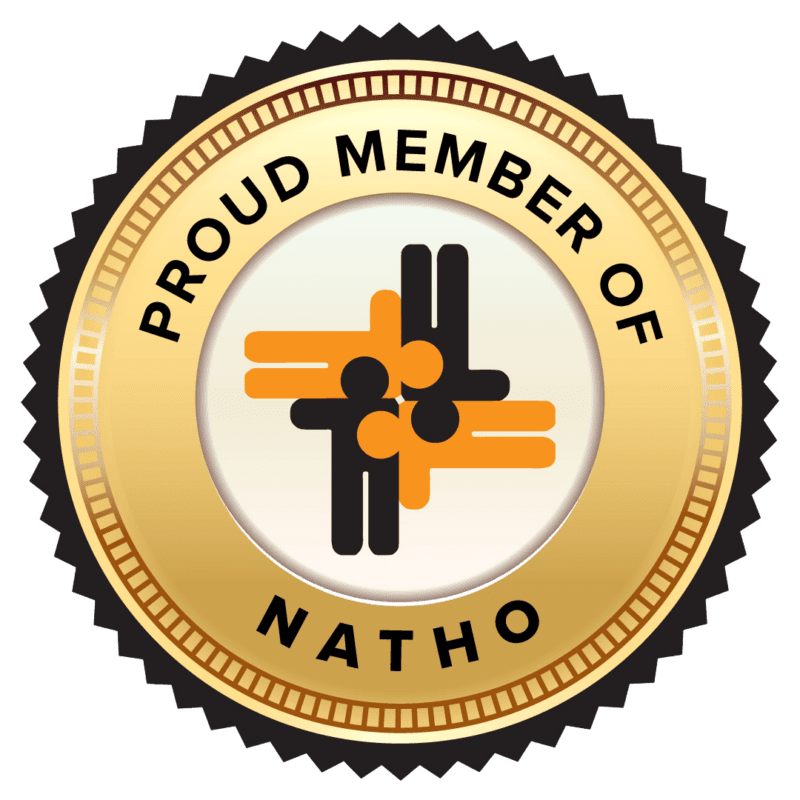Many recruiters spend over two hours daily on repetitive manual tasks that Bullhorn could automate. This inefficiency costs organizations up to $1.3 million annually in lost productivity. ¹ Yet most staffing firms use less than 25% of Bullhorn’s automation capabilities. ² They log into the same system that could eliminate their biggest workflow bottlenecks, then spend their day on manual data entry, lead distribution, and status updates.
The hidden cost extends beyond wasted time. Manual workflows create delays that directly impact your competitive position and revenue potential. While you manually route leads and update systems, competitors with optimized Bullhorn automation are capturing placements and building stronger margins. The gap between basic Bullhorn usage and advanced automation determines whether your firm scales efficiently or gets trapped in operational bottlenecks.
The Hidden Costs of Basic Bullhorn Usage
This basic approach to Bullhorn usage feels functional until you measure what inefficiency actually costs your firm. These operational gaps create compounding problems that show up months later in your revenue reports, creating invisible drains on profitability and growth potential. Here’s how manual processes are silently undermining your competitive position:
a. Manual Lead Distribution Creates Invisible Revenue Leaks
The first cost appears in how new applications get handled, landing in email inboxes where they compete with spam and sales messages for attention. Recruiters miss high-priority candidates while others sit idle with light workloads. The result? Uneven productivity across your team and delayed response times that push candidates toward competitors. When lead assignments happen through forwarded emails and desk conversations, your fastest recruiters get overwhelmed while others wait for opportunities.
b. Job Board Dependency Drains Your Margins
Beyond lead distribution problems, most staffing agencies pay thousands monthly for external talent sources, while their Bullhorn database holds qualified candidates from previous placements. Without intelligent job matching, recruiters default to expensive job boards instead of redeploying existing talent. This pattern creates a costly cycle where you continuously acquire new candidates rather than maximize existing relationships. Your database becomes a passive repository instead of an active revenue driver.
c. Document Chaos Exposes Compliance Vulnerabilities
These sourcing inefficiencies compound when credential tracking through spreadsheets and manual follow-up creates dangerous gaps in compliance documentation. Expired certifications slip through manual processes, creating liability exposure and failed client audits. Candidates abandon applications when onboarding spans multiple systems with redundant data entry requirements. Each compliance failure damages your reputation and threatens client relationships that took years to build.
d. Reactive Workflows Trap Teams in Performance Limitations
These compliance vulnerabilities create the delays that show up in performance metrics. According to Bullhorn’s GRID 2025 report, only 60% of agencies achieve placement times under 20 days, yet top-performing firms are 34% more likely to hit this critical threshold.³ Manual processes create the delays that separate successful firms from struggling ones. Teams get trapped in operational inefficiency cycles where everyone works harder to accomplish basic goals. Your recruiters hit performance barriers not because they lack talent, but because broken workflows consume the time needed for strategic relationship development.
How Advanced Bullhorn Automation Transforms Daily Operations
The solution lies in advanced Bullhorn automation that doesn’t just speed up existing processes; it fundamentally changes how work flows through your organization. These transformations create measurable competitive advantages over time. These improvements include:
a. Recruiters Never Lose High-Priority Candidates
This transformation starts with intelligent lead routing that eliminates the email chaos that buries urgent applications. High-value candidates get instantly assigned to your best-matched recruiters based on skills, workload, and historical performance. No more manual forwarding or delayed responses that send top talent to competitors. Your team responds to priority leads within minutes instead of hours, helping recruiters save time while creating speed advantages.
When Take2 Consulting implemented automated lead distribution, they eliminated the manual job creation process that consumed 10 minutes per opportunity. With 274 jobs automated year-to-date, they saved over 46 recruiter hours while ensuring every opportunity reached the right team member immediately.
b. Stop Paying for Talent You Already Have
Building on improved lead routing, advanced job matching transforms your Bullhorn database from a passive repository into an active talent engine. Instead of defaulting to expensive job boards, your system automatically surfaces qualified candidates from previous placements, dormant applications, and existing relationships. This rediscovery process cuts external sourcing costs while improving recruiting process speed through established candidate relationships.
Your recruiters spend time on relationship development instead of cold outreach because the system continuously identifies warm opportunities within your existing network. The result? Higher margins and faster placements from talent you’ve already invested in acquiring.
c. Compliance Violations Become Virtually Impossible
While your system optimizes talent matching, automated credential tracking monitors certification expiration dates and triggers renewal reminders before deadlines approach. Document collection workflows guide candidates through required submissions while improving the overall candidate experience. Manual spreadsheet tracking becomes obsolete when your system automatically validates credentials and alerts teams to upcoming expirations.
This systematic approach eliminates the compliance gaps that create client rejections and liability exposure. Your team focuses on strategic candidate development instead of chasing missing paperwork.
d. Your Database Works Harder Than Your Competitors
These automation improvements reach their full potential when cross-system integration creates seamless data flow between Bullhorn, VMS platforms, payroll systems, and onboarding tools. Information updates once and populates everywhere, eliminating redundant data entry and reducing errors. Your recruiters access complete candidate histories and client preferences without switching between multiple systems.
This unified approach creates operational efficiency that’s impossible to achieve with disconnected tools. While competitors manage data silos, your integrated workflow delivers faster responses and more informed decision-making.
The 4-Step Bullhorn Optimization Framework
Most firms approach Bullhorn optimization without a systematic methodology, which explains why many automation projects deliver minimal results. This framework provides the strategic approach that separates successful transformations from failed experiments.
Step 1: Audit Your Manual Touchpoints and Repetitive Tasks
Begin by documenting every workflow that requires human intervention for routine decisions. Track how much time recruiters spend on data entry, status updates, system coordination, and data hygiene tasks. Identify the manual handoffs between different tools and platforms. This audit reveals the hidden time drains that consume productive capacity without adding value to candidate or client relationships.
The audit process uncovers automation opportunities that aren’t immediately obvious. Manual tasks often hide within complex workflows where small inefficiencies compound into significant productivity losses.
Step 2: Map Workflow Dependencies Across Your Tech Stack
With your manual processes identified, analyze how data flows between Bullhorn, VMS systems, payroll platforms, and onboarding tools. Identify where information gets duplicated, where manual intervention bridges system gaps, and where process delays create bottlenecks. Understanding these dependencies reveals integration opportunities that create seamless automation sequences.
This mapping exercise often exposes disconnected systems that force recruiters to work around technology instead of with it. The complexity of modern staffing tech ecosystems requires careful analysis to optimize effectively.
Step 3: Configure Intelligent Automation Rules and Triggers
Using your workflow map as a guide, design logic that responds to specific conditions and events within your recruiting automation workflow. Create automated responses for candidate status changes, job matching criteria, and compliance requirements. Establish escalation protocols that ensure important items receive appropriate attention without manual monitoring.
Rule configuration requires a deep understanding of both Bullhorn’s capabilities and your business logic. Poorly designed automation can create more problems than it solves without proper expertise.
Step 4: Test, Measure, and Iterate Automation Sequences
Finally, implement automation in controlled phases while monitoring performance metrics and user adoption. Analyze results against baseline measurements to validate improvements. Refine rules based on real-world performance and user feedback.
This iterative approach prevents automation failures while ensuring teams can adopt automation sustainably.
Why Strategic Implementation Matters
Configuration complexity, integration challenges, and ongoing optimization needs explain why nearly 70 percent of transformations fail, according to McKinsey research.⁴ Even when firms recognize automation opportunities, implementation success requires overcoming organizational resistance, as research found that 3 in 5 respondents said their biggest struggle with implementing automation was a desire to stick to the status quo.⁵
Understanding how to automate staffing workflows with Bullhorn requires more than technical knowledge. It demands strategic expertise that bridges the gap between possibility and execution. The frameworks exist, but successful implementation requires navigating the complexity that causes most automation projects to deliver minimal results.
Newbury Partners specializes in Bullhorn optimization that transforms operational efficiency without disrupting existing workflows. Our consultative approach ensures automation delivers measurable results while maintaining team adoption.
Ready to unlock your Bullhorn investment’s full potential? Connect with our experts to discover what advanced workflow optimization can achieve for your firm.
References
1., 5. Wilkinson, Lindsey. “Businesses Can Lose up to $1.3M a Year on Inefficient Processes, Report Says.” CIO Dive, 5 Oct. 2022, https://www.ciodive.com/news/inefficient-processes-cost-money/633460/.
2., 3. GRID 2025 Industry Trends Report. Bullhorn, https://www.bullhorn.com/au/grid/2025-industry-trends-report/?LS=Email_Blast&LSD=EB_content&LA=GRIDindustry2025&LAD=GRIDindustry2025&utm_source=marketo&utm_medium=email&utm_campaign=gridindustry2025&mkt_tok=MTMxLVlRSy01NjgAAAGa9HODauKY1SEh1ogGOM5G8Q79iV3TpQUrMP6VO0N3RKyUzwcKCe5V-0B38b2J_ybNBL350Fi4qDSPEJBPXmqI2irc8OTmspSaHGBmVo3q3RehvOY.
“Superagency in the Workplace: Empowering People to Unlock AI’s Full Potential.” McKinsey & Company, 28 Jan. 2025, https://www.mckinsey.com/capabilities/mckinsey-digital/our-insights/superagency-in-the-workplace-empowering-people-to-unlock-ais-full-potential-at-work.





